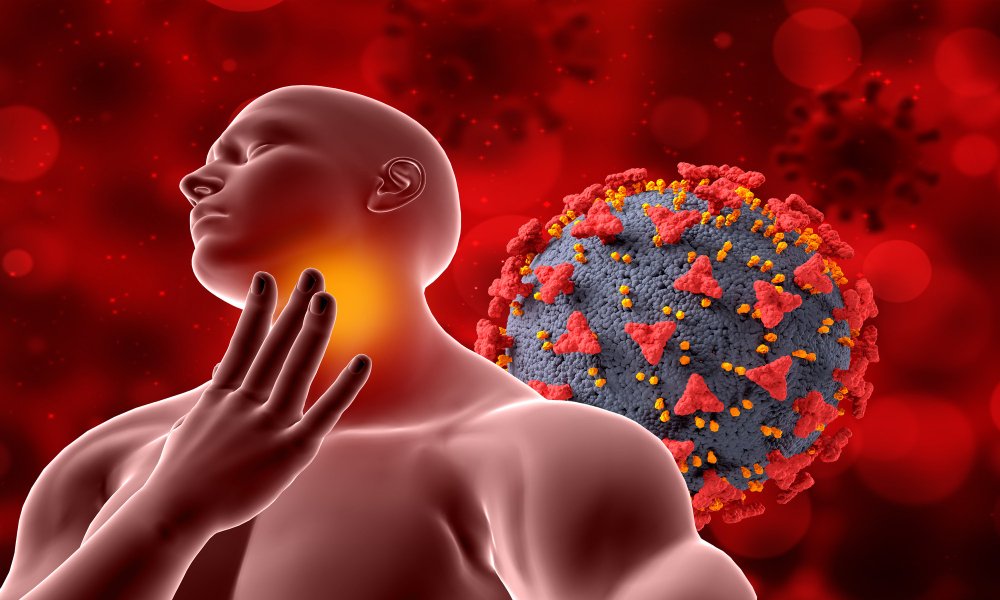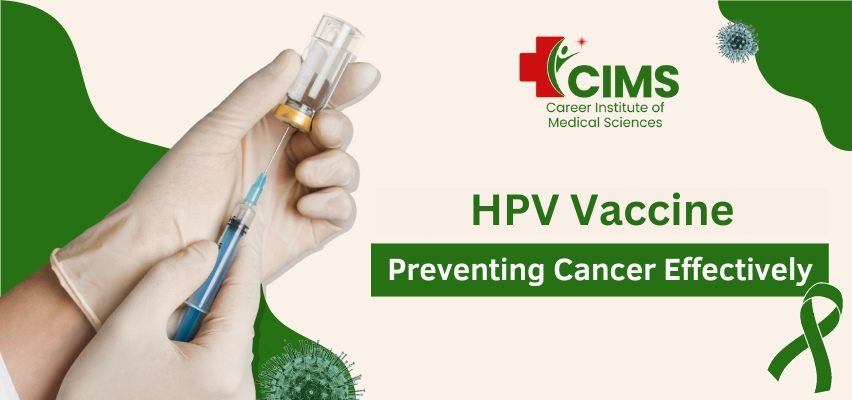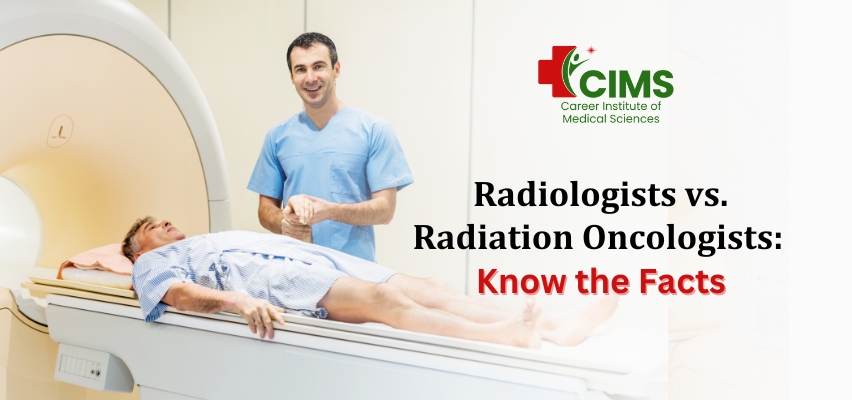Table of Contents
ToggleHead and Neck Cancer Staging 0, 1, 2, 3, 4
When it comes to cancer treatment, early detection and correct staging make all the difference in outcomes. Among the many cancers that affect people, head and neck cancer is one of the most challenging because it often impacts vital functions like speech, swallowing, and breathing.
At CIMS Hospital, Bhopal, one of the best cancer hospitals in Central India, we believe that knowledge empowers patients and their families. That’s why we’re providing clear and reliable awareness about head and neck cancer staging—so that people can understand their diagnosis better and seek timely treatment.
What is Head and Neck Cancer?
Head and neck cancer is not a single disease but a group of cancers that usually begin in the squamous cells lining the moist surfaces of the mouth, nose, and throat. These cancers can affect:
- Oral cavity (lips, gums, tongue)
- Pharynx (throat)
- Larynx (voice box)
- Nasal cavity and sinuses
- Salivary glands
The risk factors include tobacco use, alcohol consumption, HPV infection, prolonged sun exposure (for lip cancer), and genetic predisposition. Because of its location, even small tumors can impact daily life, making early detection and accurate staging crucial.
Head and Neck Cancer Staging: Understanding the TNM Components
Doctors use the TNM system (Tumor, Node, Metastasis) to stage head and neck cancers. This helps decide the best treatment plan and predict outcomes.
How Are the Head and Neck Cancer Stages Grouped?
Based on TNM, head and neck cancer is grouped into stages 0 to IV. Let’s break it down:
Stage 0 – Carcinoma in situ
- Abnormal cells are present but confined to the lining where they began.
- They have not spread to deeper tissues.
- Treatment at this stage often leads to a very high cure rate.
Stage I (1)
- Tumor is 2 cm or smaller.
- No spread to lymph nodes or distant sites.
- This stage often requires surgery or radiation, with excellent chances of recovery.
Stage II (2)
- Tumor is larger than 2 cm but not larger than 4 cm.
- No spread to lymph nodes or distant organs.
- At this point, treatment may involve combined surgery and radiotherapy.
Stage III (3)
- Tumor is larger than 4 cm OR
- Any tumor size with spread to one lymph node on the same side of the body.
- May require surgery, radiation, and chemotherapy combined.
Stage IV (4) – The Most Advanced Stage
- Tumor has spread to nearby structures (like bones, skin, blood vessels).
- May involve multiple or large lymph nodes.
- May have spread to distant organs (M1).
- Treatment is more complex, often involving multimodality therapy (surgery, radiotherapy, chemotherapy, targeted therapy, or immunotherapy).
Head and Neck Cancer Staging 0, 1, 2, 3, 4 Table for Quick Understanding
Stage | Tumor (T) | Node (N) | Metastasis (M) | Description |
0 | T0 | N0 | M0 | Abnormal cells, not invasive |
I | T1 (≤2 cm) | N0 | M0 | Small tumor, no spread |
II | T2 (2–4 cm) | N0 | M0 | Medium tumor, no spread |
III | T3 (>4 cm) OR any T | N1 | M0 | Large tumor or small tumor with 1 lymph node spread |
IV | T4, any N, or M1 | Any N | Any M | Spread to tissues, multiple nodes, or distant organs |
Why Head and Neck Cancer Staging Matters?
Understanding head and neck cancer staging is important because it:
- Guides treatment – Doctors can choose the best plan (surgery, radiation, chemo, or a combination).
- Predicts outcomes – Earlier stages generally have higher survival rates.
- Improves awareness – Patients and families can make informed decisions.
Head and Neck Cancer Staging 0, 1, 2, 3, 4 and Diagnosis Methods
At CIMS Hospital, Bhopal, we use advanced tools to ensure accurate staging, including:
- Biopsy – Confirming cancer cells under the microscope.
- CT Scan, MRI, and PET-CT – To check tumor size and spread.
- Endoscopy – For visual examination of affected areas.
- Blood Tests – For overall health assessment.
Treatment Options at CIMS Hospital, Bhopal
As one of the leading cancer hospitals in Bhopal and Central India, CIMS Hospital offers comprehensive care for head and neck cancer:
- Surgical Oncology: Removing tumors while preserving function.
- Radiation Therapy: Using advanced technologies like Elekta Harmony LINAC for precision treatment.
- Chemotherapy & Targeted Therapy: Drugs that kill cancer cells or block growth signals.
- Immunotherapy: Boosting the immune system to fight cancer.
- Rehabilitation & Physiotherapy: Helping patients recover speech, swallowing, and daily life functions.
- Cancer Rehab Centre: Providing emotional, nutritional, and physical support for holistic recovery.
The Role of Early Detection
Head and neck cancers are often diagnosed late because early symptoms like sore throat, mouth ulcers, or hoarseness are ignored. Warning signs to watch for include:
- Persistent mouth or throat pain
- Difficulty swallowing
- Unexplained lumps in the neck
- Hoarseness lasting more than 2 weeks
- Non-healing mouth ulcers or white/red patches
Early detection can mean the difference between a curable Stage I cancer and a life-threatening Stage IV cancer.
Final Thoughts: Head and Neck Cancer Staging 0, 1, 2, 3, 4
Head and neck cancer staging plays a critical role in determining the right treatment and predicting outcomes. From Stage 0 carcinoma in situ to Stage IV advanced disease, staging helps doctors, patients, and families understand the journey ahead.
At CIMS Hospital, Bhopal, we combine world-class technology, skilled oncologists, and compassionate care to provide the best possible outcomes for patients. Our multidisciplinary approach ensures that every patient receives a tailored treatment plan, from early detection to rehabilitation.
Author: Rishabh Pandey




